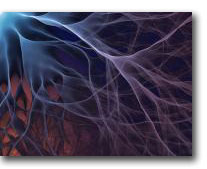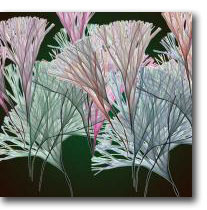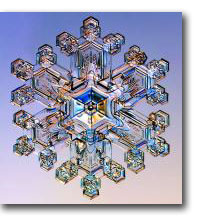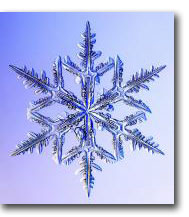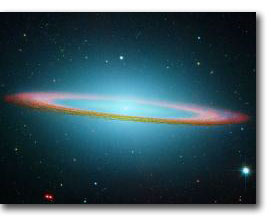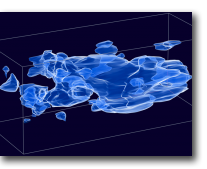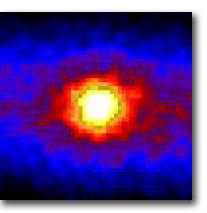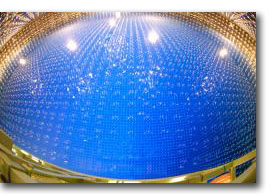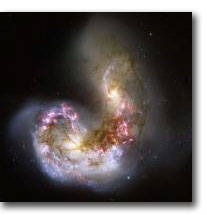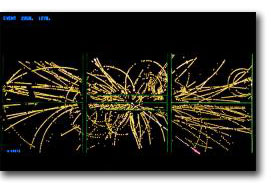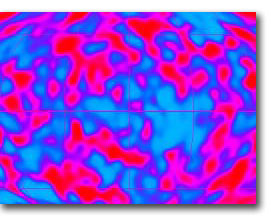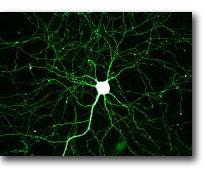Electron Flow Paths
xantox, 7 February 2007 in GalleryOther Languages:
Computer simulation of classical paths of electrons within a two-dimensional electron gas.1 Transistors, the most common electronic devices, contain layered structures constraining the motion of electrons, so that they are free to move in the x-y plane but are completely confined in the z direction, forming a so-called two-dimensional electron gas (2DEG). The details of the electrons motion in a 2DEG flow were unknown until recently, when newly developed microscopy techniques made possible the observation of the actual electron paths. 2
Instead of a smooth flow, unexpected chaotic channeling was observed, with continuous branching of classical paths reminiscent of familiar natural forms. It has been found through simulation that these patterns are not due to preferred-energy paths in the background, like for the path of a river on a valley, but to the cumulative chaotic effect of encountering random positive “bumps” in the atomic landscape.
- Digital Artwork © Eric J. Heller, Resonance Fine Art [↩]
- M. A.Topinka, B. J. LeRoy, R. M. Westervelt, S. E. J. Shaw, R. Fleischmann, E. J. Heller, K. D. Maranowski, A. C. Gossard, “Coherent Branched Flow in a Two-Dimensional Electron Gas“, Nature, 410, 183 (2001) [↩]
